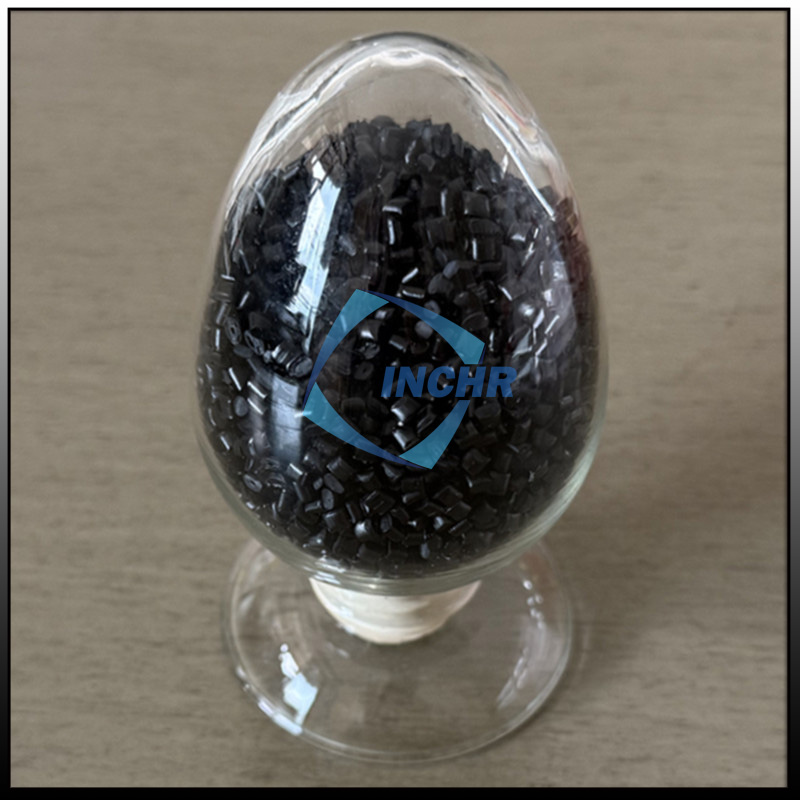Carbon Fiber Reinforced Nylon: Pushing the Boundaries of Innovation in Advanced Materials
In the ever-evolving landscape of material science, the quest for lighter, stronger, and more versatile materials has driven groundbreaking advancements. Among these, carbon fiber reinforced nylon (CFRN) stands out as a revolutionary composite, blending the inherent toughness of nylon with the exceptional strength-to-weight ratio of carbon fiber. This fusion has unlocked new possibilities across industries, from aerospace and automotive to consumer goods and beyond, proving that innovation in materials can redefine what’s possible in design, performance, and sustainability.

The Synergy of Two Powerhouses: How Carbon Fiber Reinforced Nylon Works
Nylon, a synthetic polymer known for its durability, flexibility, and chemical resistance, has long been a staple in manufacturing. However, by integrating carbon fiber reinforcement—thin, robust filaments with tensile strength five times that of steel—engineers have created a material that transcends the limitations of its components. The carbon fibers act as a reinforcing skeleton, enhancing the nylon matrix’s mechanical properties:
- Unmatched Strength & Stiffness: CFRN boasts up to 30% higher tensile strength and 50% greater flexural modulus than pure nylon, making it ideal for load-bearing applications.
- Exceptional Lightweighting: At just a fraction of the weight of metals like aluminum or steel, CFRN enables significant weight reduction without compromising structural integrity—a game-changer for industries where mass impacts efficiency, such as automotive and aerospace.
- Thermal & Chemical Resistance: The composite maintains stability in temperatures up to 150°C (302°F) and resists oils, solvents, and moisture, expanding its use in harsh environments.
Transforming Industries Through Innovation
1. Aerospace: Soaring Beyond Traditional Limits
In aerospace, every gram saved translates to fuel efficiency and cost savings. CFRN is replacing aluminum and titanium in components like brackets, clips, and interior panels, reducing part weight by up to 40% while withstanding the rigors of high-altitude flight. Companies like Boeing and Airbus are exploring CFRN for non-critical structural parts, leveraging its vibration-dampening properties to enhance passenger comfort and aircraft longevity.
2. Automotive: Driving Efficiency and Performance
The automotive industry is embracing CFRN for under-the-hood components, chassis parts, and even exterior trim. In electric vehicles (EVs), where battery weight is a key challenge, CFRN helps reduce overall vehicle mass, extending range and improving battery efficiency. Its resistance to engine heat and chemicals also makes it a reliable choice for components like radiator brackets and transmission housings, outperforming traditional plastics and metals.
3. Consumer Goods: Merging Style with Substance
From high-end sports equipment to premium electronics, CFRN offers designers the freedom to create sleek, durable products. In bicycles, CFRN frames combine lightweight agility with shock absorption, enhancing rider experience. In consumer electronics, it provides structural support for thin, portable devices while resisting drops and impacts—think laptop casings and smartphone frames that are both elegant and resilient.
4. Industrial & Manufacturing: Redefining Durability
In industrial settings, CFRN is used in gears, bearings, and conveyor components, where its low friction and wear resistance reduce maintenance costs and downtime. Its ability to be molded into complex shapes via injection molding also streamlines production, enabling rapid prototyping and mass manufacturing without sacrificing precision.
Sustainability: A Greener Future in Composite Materials
Beyond performance, CFRN aligns with global sustainability goals. Nylon is partially recyclable, and carbon fiber production has become more energy-efficient in recent years. Unlike metals, which require intensive mining and refining, CFRN components can be designed for end-of-life recycling, reducing waste. Additionally, the material’s longevity minimizes the need for frequent replacements, further lowering its environmental footprint.
The Technical Edge: Innovations in Manufacturing
Advancements in nanocomposite technology and 3D printing are expanding CFRN’s potential. Researchers are developing techniques to disperse carbon fibers more uniformly in the nylon matrix, enhancing conductivity and reducing brittleness. Meanwhile, additive manufacturing allows for custom, lattice-structured parts that optimize material usage, proving that CFRN is not just a material but a platform for digital innovation.
The Road Ahead: Where Carbon Fiber Reinforced Nylon Will Lead
As industries demand smarter, more sustainable solutions, carbon fiber reinforced nylon is poised to become a cornerstone of modern engineering. Market analysts project the global CFRN market to grow at a CAGR of 8.5% from 2025 to 2030, driven by investments in EVs, aerospace, and advanced manufacturing. The material’s adaptability means it will continue to break boundaries, whether in space exploration, medical devices, or next-generation robotics.
Innovations in materials are rarely just about what’s stronger or lighter—they’re about reimagining what products can be. Carbon fiber reinforced nylon does exactly that: it turns engineering constraints into opportunities, proving that when science and design converge, the only limit is imagination.




